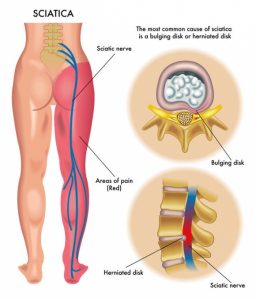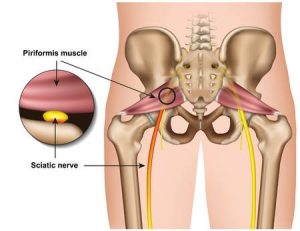If you are dealing with regular headaches then you know how debilitating and disruptive to your life they can be. They may be mild, as in a dull ache that you are still able to function with, or they could be a severe and painful throbbing headache that make it difficult for you to function.
You may get some temporary relief from over the counter pain medications.
If it is a mild headache, that may be all that you require, but if the headaches are severe or occur regularly, you may need further investigation to get to the cause of the problem.
Chiropractic may be able to help.
If you are looking for a safe, natural and effective method of reducing, or even eliminating your headaches, chiropractic may be the answer you are looking for.
Research indicates the regular chiropractic care may be an effective treatment, to not only get rid of the pain associated with headaches, but also address the underlying cause of many common types of headaches. This includes, neck pain, occipital headaches, postural headaches, tension headaches, migraines and more.
 How Can Chiropractic help with Headaches?
How Can Chiropractic help with Headaches?
When you visit a chiropractor, you will first have a thorough history taken.
You will then undergo a full physical examination, which may include orthopedic testing, neurological testing and if necessary, the chiropractor may decide on some form of imaging.
Once the chiropractor has a clear idea of what may be the underlying cause of your headaches a treatment plan will be formulated.
This may involve chiropractic adjustments, as well as postural and lifestyle advice.
The chiropractic adjustments may relieve neck tension or spinal joint restrictions that can be causing your headaches.
As well as adjustments to your neck, the chiropractor may also need to adjust other parts of your spine or pelvis as this may be the underlying cause of the neck tension and headaches.
Lifestyle Modifications to Prevent Headaches
While regular chiropractic adjustments may reduce the stress on your spine and nervous system, different lifestyle adjustments may also be helpful.
There are many different triggers that can contribute to your headaches.
Some of the common causes of headaches include,
- Sitting at a desk for long periods without a break.
- Stress
- Extended periods looking at your phone or computer
- Certain foods can trigger headaches
- Dehydration
- Old whiplash injuries
- Poor sleep habits
- Exposure to chemicals
- Poor sleep habits
Once the root cause of your headaches is established, it will be easier to make any lifestyle adjustments necessary to keep your headaches at bay.
This may be as simple as drinking more water , changing your diet, reducing or managing stress, or maybe just getting more sleep.
Combined with regular chiropractic care your headaches may be a thing of the past or at least a lot less frequent.
Unfortunately, headaches can also be a sign of more serious health problems,
and if something more serious is suspected, you will be referred on to the necessary specialist to investigate further.
 How Does a Chiropractor Diagnose Neck Pain?
How Does a Chiropractor Diagnose Neck Pain?
